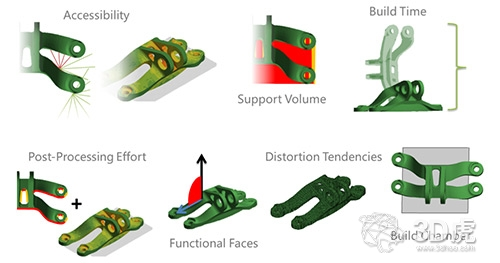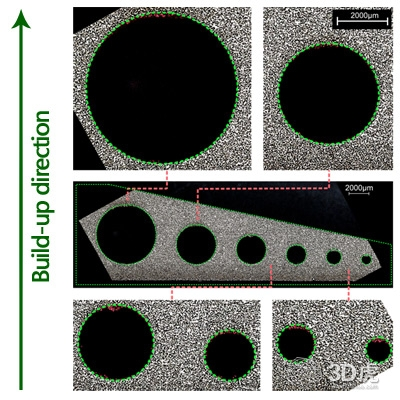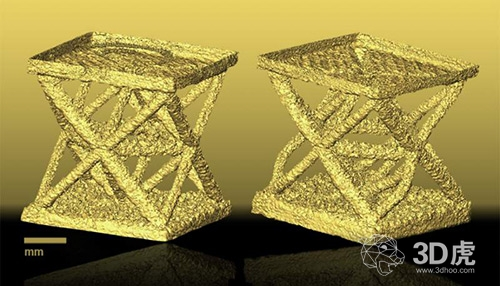Altair's HyperWorks software suite now simulates a powder bed-based 3D printing process. The 3D design software was previously used to design the APWorks Light Rider motorcycle.
This utility is provided by Additive Works' "Amphyon" program to help the laser melting process improve the quality and stability of metal parts.

Intuitive automation
Amphyon is a Computer Aided Engineering (CAE) solution. With the software, engineers and designers can optimize metal 3D printing processes from multiple perspectives, including the time required for post-processing, the time for adding auxiliary materials, and the time and location for building indoor components.

Integrate these detected parameters into the program to automate the setup of component orientation and 3D printing process simulation.
Another feature of Amphyon is Sinter Guard, which helps improve the surface quality of 3D printing. In order to perform this function, the software "accurate the scanpower / -rate according to the local geometry and optimize the thermal input according to the latest scientific knowledge".

A money-saving solution
Through digital simulation programs, the time and materials spent on producing components on 3D printers are saved. Nils Keller, co-founder and CEO of Additive Works, explained: “Amphyon aims to replace the development of experimentally driven laser beam melting build-up strategies through simulations and geometric analysis. Accumulation is due to mathematical knowledge of the process-induced thermal and mechanical loads. The process can be optimized at the pre-processing level. This will save HyperWorks users a lot of resources and increase part quality and automation."
Subir Roy, Altair’s senior director of industry solutions, added: “Amphyon's innovative 3D printing simulation method provides an efficient and practical solution that can help various industrial users involved in the design and printing of complex metal parts. GPU-based software and its The intuitive GUI enables users to perform partial orientation trade-offs based on accessibility, support volume, build time, etc. Distortion calculations in simulations can be used to compensate for part geometry to minimize the gap between design goals."
Metal 3D printing theory
Mathematical simulation of metallic 3D printed parts is one of the key areas of academic research in engineering. The Lawrence Livermore National Laboratory at the California Federal Research Institute uses topology analysis to predict the integrity of metal 3D printed lattice structures.

Alban Leandri provided an in-depth review of the challenges of metal 3D printing and metrology chamber metrology, and computational simulation was also important.
(Editor)
Electronic lighters, electric lighters, lighter categories, lighter factories, lighter manufacturers, lighter manufacturers, lighter wholesalers, lighter craftsmanship
Electronic Lighter,Electric Lighter,Lighter Wholesale,Lighter Customization,Lighter Printing
Hunan Feituo Automation Technology Co., Ltd. , https://www.feetoolighter.com